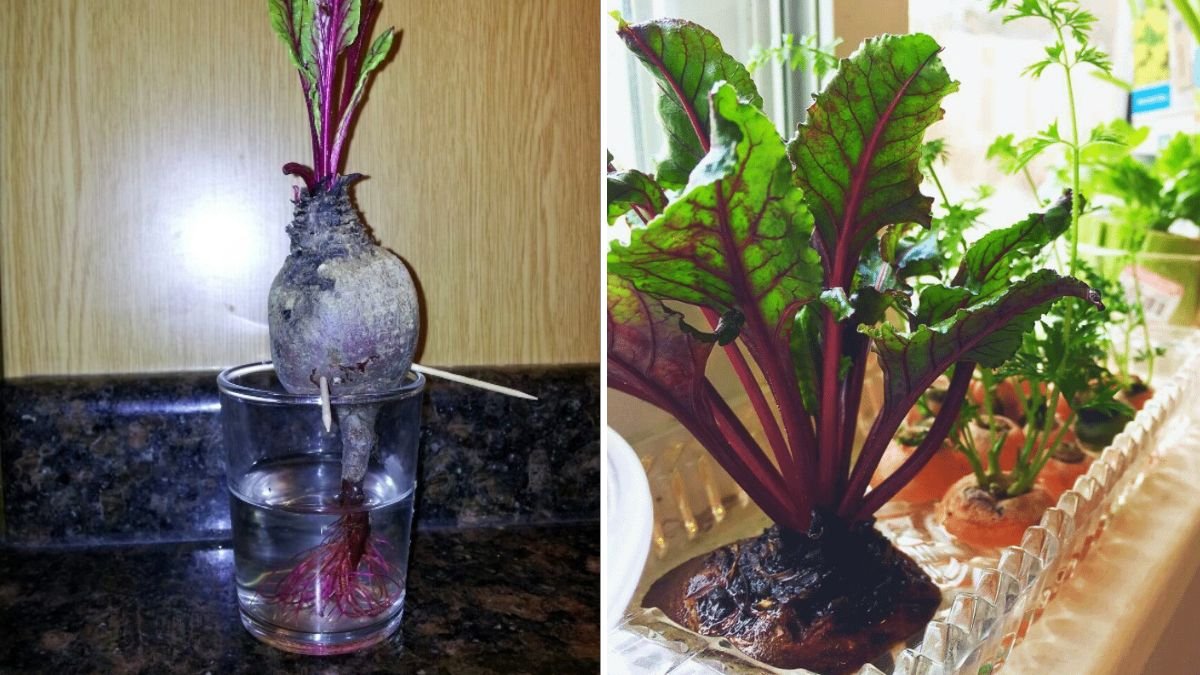When most people buy a bunch of beets at the grocery store or farmer’s market, they focus on the ruby-red roots — and toss out the leafy tops. But here’s a secret that chefs, nutritionists, and gardeners have known for years: beet greens are just as nutritious and delicious as the beets themselves.
Packed with vitamins, minerals, and antioxidants, these vibrant leaves are a zero-waste, flavor-packed superfood that’s finally getting the attention it deserves. Whether you sauté them like spinach, blend them into a smoothie, or grow them in your backyard, beet greens deserve a place in your kitchen — and your diet.
What Are Beet Greens?
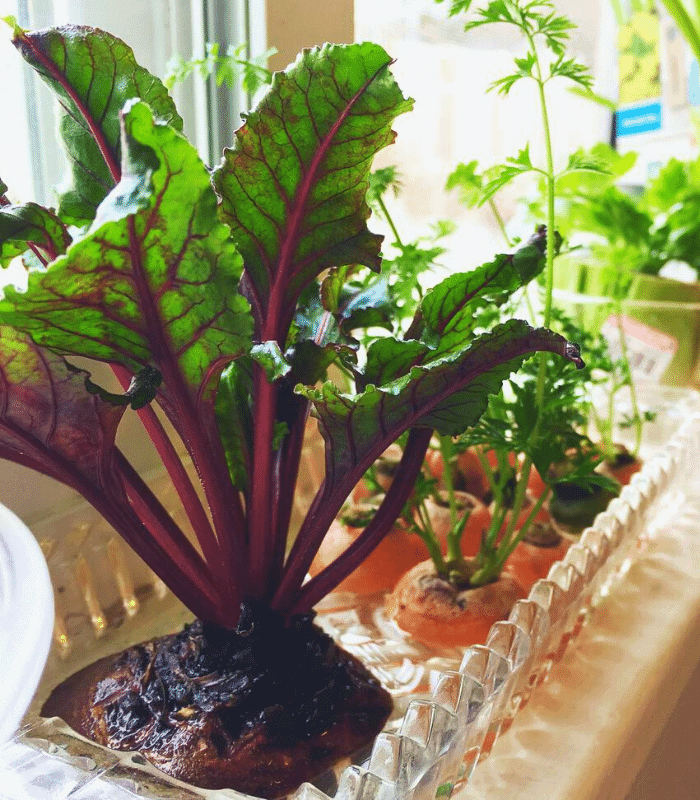
Beet greens are the leafy tops of the beetroot plant (Beta vulgaris). They have bright green leaves with reddish-purple veins and stems — a sign of their nutrient density.
While most people are familiar with using beetroots in salads, soups, and juices, beet greens are often overlooked, even though they’re edible, flavorful, and loaded with health benefits.
Their flavor is mild, earthy, and slightly sweet, similar to Swiss chard (a close botanical cousin), but with a more tender texture and a hint of beet flavor.
Nutrition Profile: Small Leaves, Big Nutrition
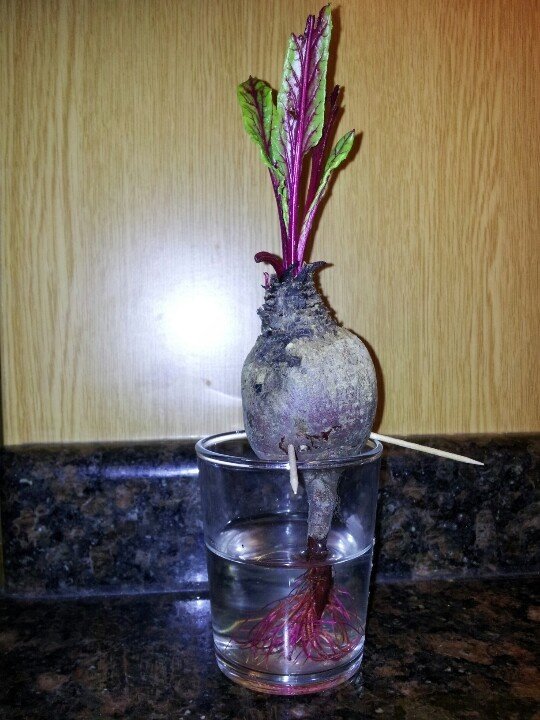
Beet greens are incredibly nutrient-dense — meaning they pack a lot of nutrition into very few calories.
Here’s what one cup (about 38 grams) of cooked beet greens provides:
- Calories: 39
- Protein: 3.7 g
- Fiber: 4.2 g
- Vitamin A: 220% of the Daily Value (DV)
- Vitamin C: 60% DV
- Vitamin K: 500% DV
- Folate: 33% DV
- Calcium: 15% DV
- Iron: 14% DV
- Magnesium: 16% DV
- Potassium: 25% DV
That’s a serious lineup of nutrients for a handful of greens. Plus, beet greens are rich in antioxidants like beta-carotene, lutein, and zeaxanthin, which help protect the body against oxidative stress and inflammation.
Top Health Benefits of Beet Greens
1. Supports Heart Health
Beet greens are an excellent source of potassium and magnesium, two minerals that help regulate blood pressure and promote cardiovascular health. Their natural nitrates also support better blood flow, similar to beetroot juice, which is known to improve circulation and stamina.
2. Boosts Eye Health
The bright green color of beet greens comes from lutein and zeaxanthin, two antioxidants that help protect your eyes from blue light damage and age-related macular degeneration. Regular consumption can help maintain sharper vision as you age.
3. Strengthens Bones
A single serving of beet greens provides over 500% of your daily vitamin K — an essential nutrient for bone density and calcium absorption. Combined with calcium and magnesium, this trio makes beet greens a powerful ally for bone health.
4. Aids Digestion and Detoxification
Beet greens are rich in fiber, which supports healthy digestion, reduces bloating, and promotes regular bowel movements. Their chlorophyll content also helps cleanse the liver and detoxify the body naturally.
5. Boosts Immunity and Reduces Inflammation
High levels of vitamin C help boost your immune system, while antioxidants fight free radicals that cause cellular damage. Beet greens also have anti-inflammatory compounds that may help reduce chronic inflammation, which is linked to diseases like arthritis and diabetes.
6. Promotes Healthy Skin and Hair
Vitamin A supports cell regeneration and helps keep your skin glowing and your hair strong. The combination of antioxidants and minerals also helps fight oxidative stress — one of the main culprits behind premature aging.
Culinary Uses: How to Eat Beet Greens
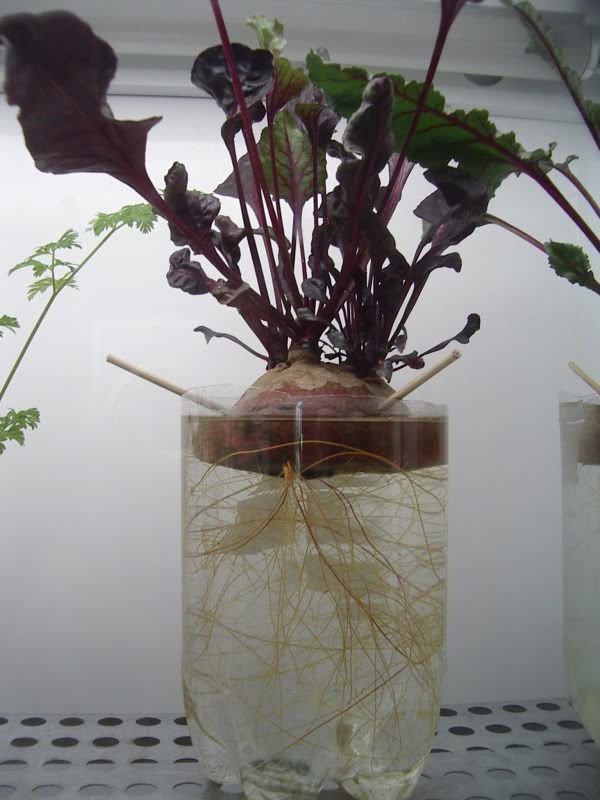
Beet greens are versatile and can easily replace spinach, kale, or Swiss chard in most recipes. Their tender leaves and slightly earthy flavor add depth to countless dishes.
Here are a few delicious and easy ways to enjoy beet greens:
1. Sautéed Beet Greens
Sauté beet greens with garlic and olive oil for a simple side dish. Add a splash of lemon juice or apple cider vinegar for brightness.
Tip: Cook the stems a few minutes longer than the leaves to make them tender.
2. Beet Green Smoothie
Add a handful of beet greens to your morning smoothie with banana, pineapple, or berries. The fruit masks the earthy flavor while packing your drink with vitamins and minerals.
3. Beet Green Pesto
Blend beet greens with walnuts, olive oil, Parmesan, and garlic for a vibrant twist on traditional pesto. It’s perfect on pasta, toast, or grilled chicken.
4. Beet Green Frittata
Whisk beet greens into eggs with onions, feta cheese, and herbs for a quick, nutrient-rich breakfast or brunch dish.
5. Beet Green Soup
Add chopped beet greens to vegetable soups or lentil stews during the last few minutes of cooking. They wilt beautifully and add a rich, earthy note.
6. Salads and Wraps
Young beet greens are tender and mild — ideal for salads or as a fresh wrap alternative. Pair them with roasted beets, goat cheese, and citrus vinaigrette for a flavorful combo.
How to Store Beet Greens Properly
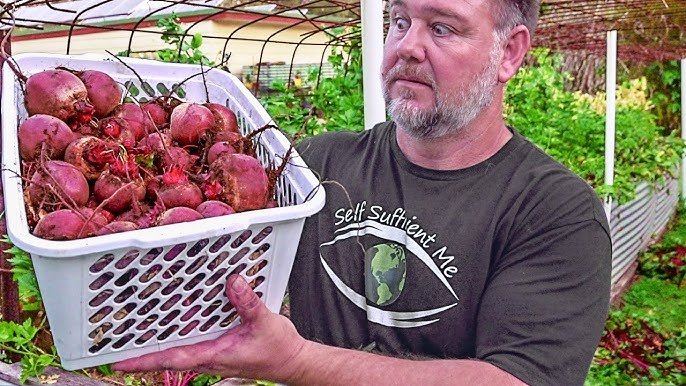
Beet greens are delicate and can wilt quickly if not stored correctly.
To keep them fresh:
- Remove the greens from the beetroot as soon as you bring them home (leave about an inch of stem on the root).
- Rinse and dry the greens thoroughly.
- Wrap them in a paper towel and store in a plastic or reusable bag in the refrigerator.
They’ll stay fresh for up to three to five days. If you have too many, you can also freeze blanched beet greens for later use.
Growing Beet Greens at Home
Good news for home gardeners: beets are one of the easiest crops to grow, and the greens grow even faster than the roots.
Here’s how to grow beet greens successfully in the U.S.:
- Planting Season: Spring or fall (cool weather crops).
- Soil: Loamy, well-drained soil rich in organic matter.
- Sunlight: Full sun or partial shade.
- Watering: Keep soil consistently moist but not waterlogged.
You can start harvesting beet greens just three to four weeks after planting — simply snip off a few outer leaves at a time, leaving the inner ones to continue growing.
This “cut and come again” method provides fresh greens all season long. Even if you never harvest the roots, you’ll have a steady supply of delicious, nutrient-packed leaves.
Beet Greens vs. Other Leafy Greens
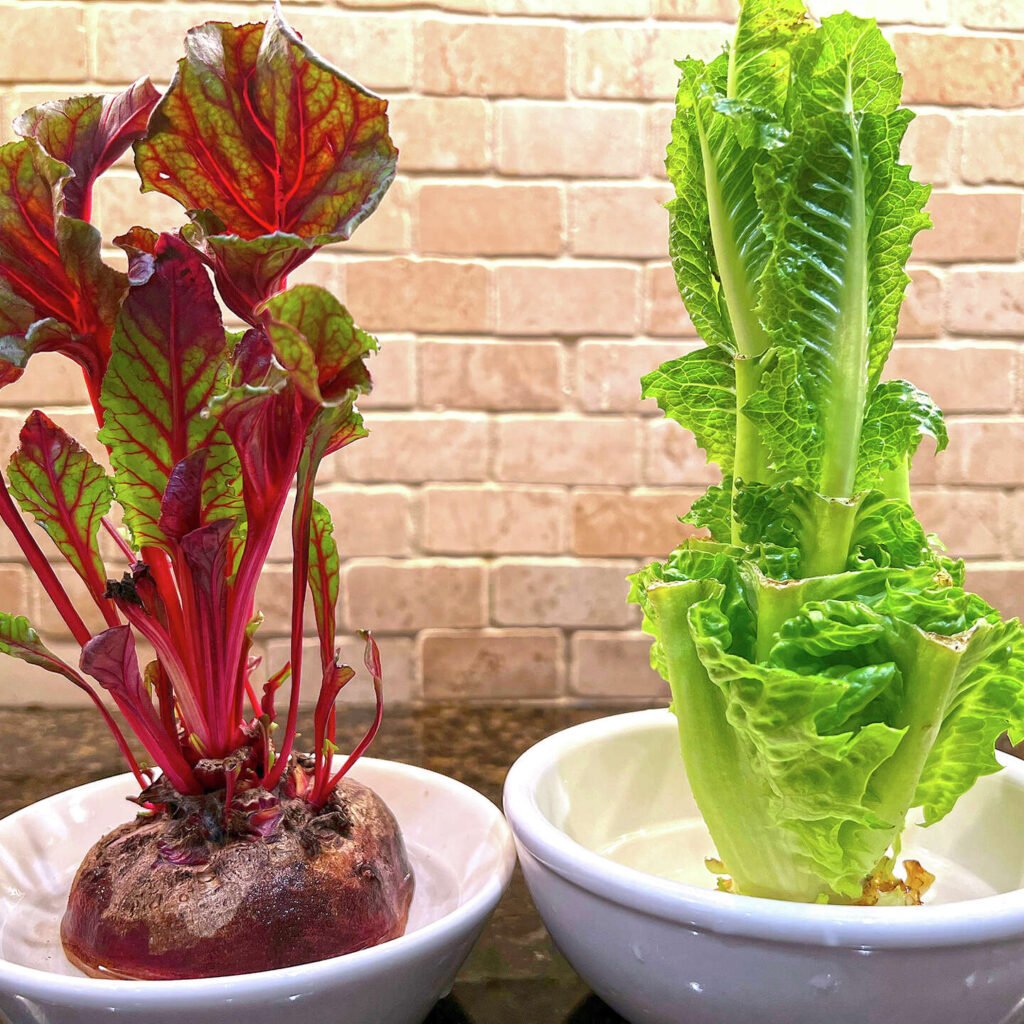
So how do beet greens compare to popular greens like kale or spinach? Let’s break it down:
| Nutrient | Beet Greens | Spinach | Kale |
|---|---|---|---|
| Vitamin A | Very High | High | Very High |
| Vitamin C | High | Moderate | High |
| Vitamin K | Extremely High | High | Extremely High |
| Iron | Moderate | High | Moderate |
| Flavor | Earthy, mild | Mild | Slightly bitter |
Verdict: Beet greens stand toe-to-toe with kale and spinach in nutrition — and often surpass them in vitamin K and magnesium. They’re a fantastic addition to your leafy green rotation.
Sustainability Bonus: A No-Waste Food Hero
Eating beet greens isn’t just good for your body — it’s good for the planet. By cooking with the greens instead of tossing them, you reduce food waste and get more value from every beet you buy.
In 2025, as Americans focus more on sustainability and zero-waste living, beet greens are gaining attention as a simple, eco-friendly ingredient that fits perfectly into this movement.
Where to Buy Beet Greens in the U.S.
You can find beet greens at:
- Farmers’ markets (especially in spring and summer)
- Organic grocery stores like Whole Foods or Sprouts
- Local produce co-ops or community-supported agriculture (CSA) boxes
- Or simply grow your own for fresh, pesticide-free leaves anytime.
When buying, look for firm, dark green leaves with crisp stems. Avoid wilted or yellowing greens, as they’ve likely lost much of their nutritional value.
Final Thoughts: Don’t Toss the Tops!
Next time you pick up a bunch of beets, think twice before discarding the greens. These nutrient-rich leaves are a delicious, versatile, and sustainable addition to your diet — offering everything from bone-building vitamins to heart-protective minerals.
Whether sautéed, blended, or tossed raw into a salad, beet greens are the unsung heroes of the produce aisle — proof that sometimes the best superfoods are hiding right under our noses (or in this case, right above the roots).
So in 2025, make it your mission to embrace the beet — from root to leaf — and experience the full flavor and nutrition nature intended.
